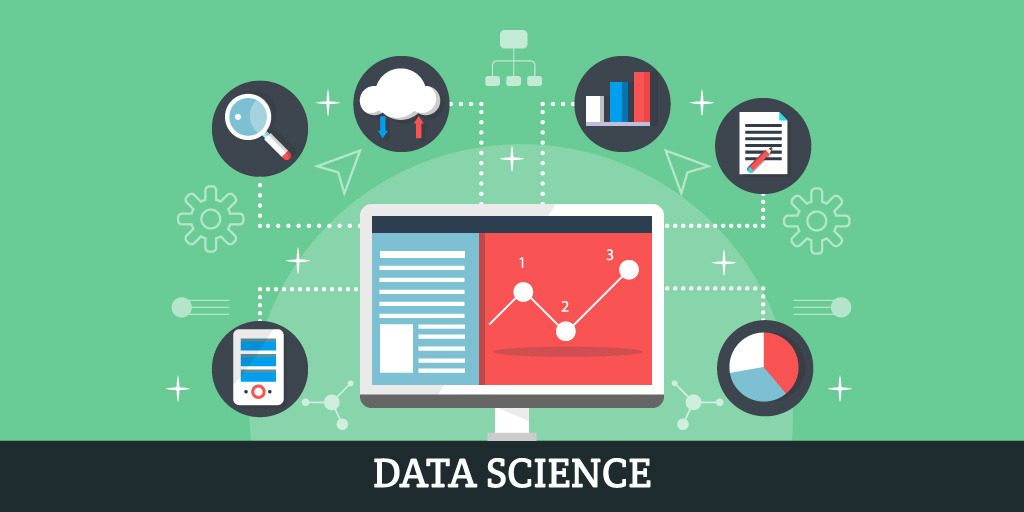Women and minorities have been grossly underrepresented in tech and data science fields since the first computer dialed into the phone network using a modem. Barely more than a quarter of Data Science jobs in the United States are currently held by women. And barely 10% of black or Hispanic students in college are pursuing a degree related to data science.
This is a trend that needs to change. Part of the solution is finding ways to introduce more STEM courses to urban communities and encourage female students to enroll in these courses.And once minorities and female graduate from these data science degree programs, it’s time to put an end any “bro culture” remaining in companies recruiting new talent.
The Women in Data Science (WiDS) Conference at Stanford
As I write this, there’s a massive conference underway designed to help women network and thrive in the data science industry. The Women in Data Science (WiDS) conference kicked off on March 5 at Stanford University.
In the above video, Margot Gerritsen offers an explanation ofwhy she founded the conference. Her experience in the data science profession involved a lot of projects where she was the only female. She explains that she had no personal problem with this. She had a lot of fun, but she gained a unique appreciation for the anxiety and potential isolation that a different person can feel on a team dominated by an otherwise homogeneous population.
Bringing Women and Minorities Out of the Shadows of Data Science
One of the keys to increasing the number of women and minorities involved in it is through improved networking. For example, the National Science Foundation (NSF) approved the funding of the Institute for African American Mentoring in Computer Sciences (iAAMCS) in 2015. The mission of this program is to connect black data scientists with students and entry-level data scientists of all ages. This an important step in changing the public image of data science, as well as helping every African American realize that they are not alone in breaking down statistical barriers.
The WiDS is also a great step in this direction. By encouraging these individuals to grab the spotlight with both hands, share their experiences and give back to other women and minorities fighting their way up the corporate ladder, we can get closer to a data science industry that better represents the diversity of our global population.
Fighting to Spread Awareness and Encourage Local, Grassroots Efforts
A national or global conference is exciting, but the real solution to improving data science workforce diversity starts in the classroom. We need to be honest about the challenges that women and minorities face.
For example, why is it that less than 4% of the student population in our country’s bachelor programs for data science are African American? And why are only 15% of all students in these post-secondary data science programs, regardless of ethnicity, female?
The solution to this gross under representation is helping children in grade-school understand the exciting opportunities available to them. By improving the diversity of enrollment in STEM courses and after-school programs, we can have a positive impact on the next generation of data scientists.
We Can and Must Do Better to Improve Data Science Diversity
In conclusion, we have to be willing to focus on creating an inclusive data science industry. Parents should encourage their children’s interest in mathematics and science. Teachers should empower female students and minorities to use their voice and proactively participate in the classroom.
The media also plays a huge role in stereotyping the techy characters as nerdy, white males. First, technology is freaking cool. Second, we would have never made it to the moon without the help of Katherine Johnson – an African American computer in the NASA program. And finally, we lose out as a society large segments of our population’s creativity and genius is shutout of the process, even unintentionally.
